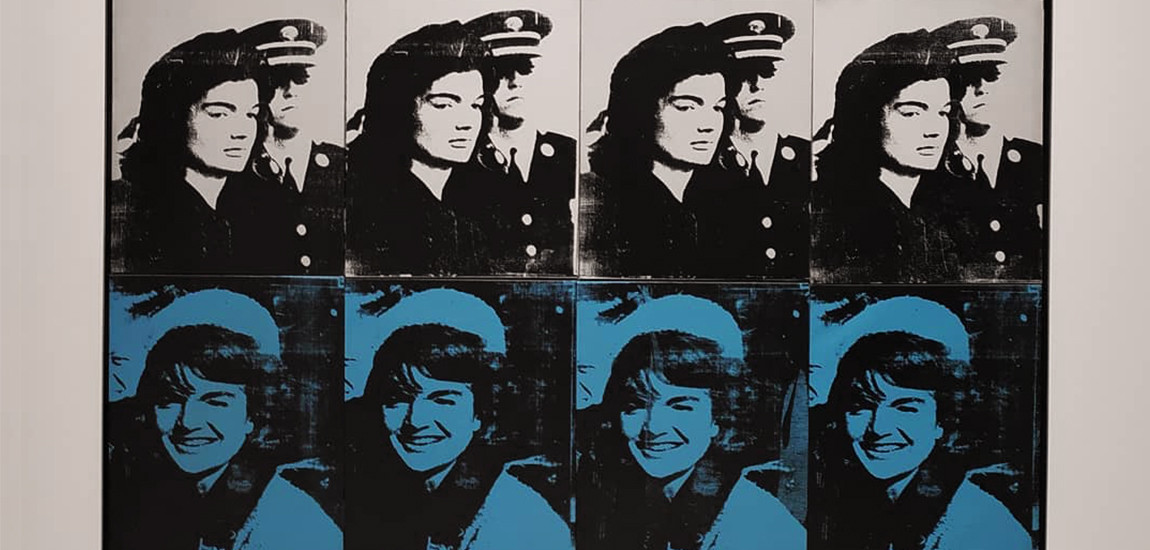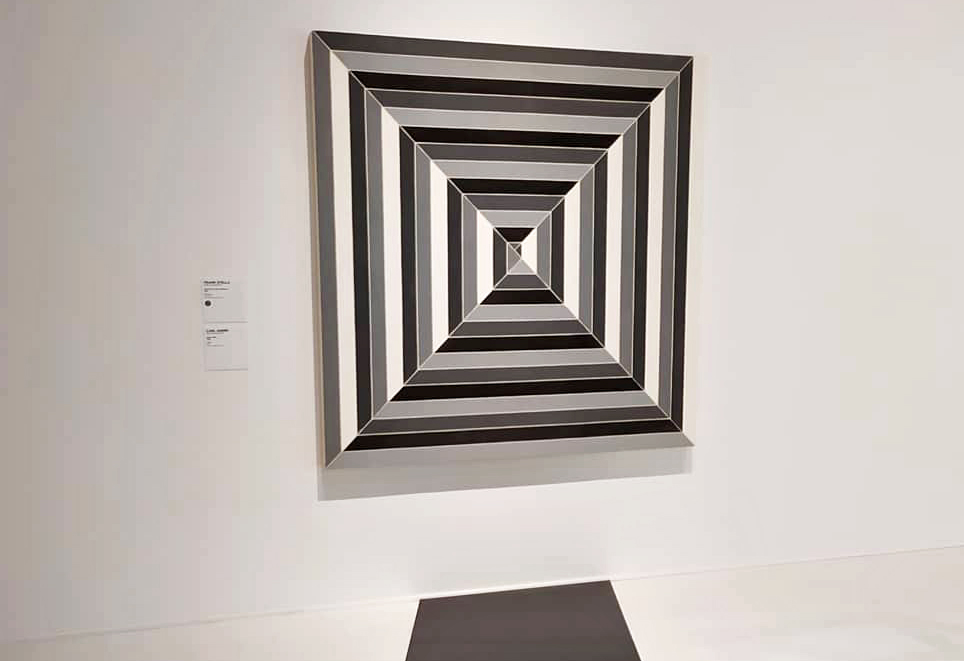
American Art 1961-2001 a Palazzo Strozzi
American Art
1961-2001
concludes the trilogy dedicated to American art at Palazzo Strozzi, which began
in 2012 with the exhibition Americani a Firenze. Sargent e gli
impressionisti del Nuovo Mondo and continued in 2016 with Da Kandinsky a
Pollock. La grande arte dei Guggenheim.
The exhibition retraces the history of American art produced between 1961, the
year in which the Vietnam War began, and 2001, year of the attack on the World
Trade Center in New York. Two decisive historical moments, not only for
America, but for the whole world.
Through a selection of over 80 works by 55 artists, coming from the collections
of the Walker Art Center in Minneapolis, forty years of American history are
retraced. We move from Pop Art to Minimalism, from Conceptual
Art to Pictures Generation, up to the most recent works of the
2000s.
The exhibition starts with a room that acts as a link between the previous
exhibitions and this, between art in the Old and New Continent, with artists of
European origins who emigrated to America.
Here, next to the work of Mark Rothko, who still wants to excite, to move people
and seeks a contact with the public, is that of Louise Nevelson, the first
female artist we find on display. She produces assemblages of objects - often
found on the beach - like monochrome sculptures made of memories, modelled by
time.
We then move on to Pop Art, a movement born after the war, centered on objects
and images symbols of consumer society, decontextualized and elevated to art.
Fundamental is the figure of Andy Warhol, 12 of his works are on display
including Sixteen Jackies (1964), which portrays Jackie Kennedy in
various moments after JFK's death, through the image repetition typical of
Warhol's style.
Roy Lichtenstein, another famous name of Pop Art, is present with one of
his large canvases, characterized by images derived from comics. One of the
only ones on display that still paints and values manual production. Frank
Stella will do the same further on, painting precise geometric lines,
trying to remove any meaning from the painting by making it pure decoration. An
artist that is grouped among the minimalists, but who never liked to be defined
as such.

Frank Stella, Sketches Les Indes Galantes, 1962
Numerous are the artists on show - Merce Cunningham, Jasper Johns, John Cage, Robert Mapplethorpe and Bruce Nauman, only to cite a few - that ranging from painting to photography and video, from sculpture to installations, address issues such as consumerism, interdisciplinarity in art, feminism, the drama of AIDS and the struggles for civil rights.
The display ends with the delicate and at the same time violent works by Kara
Walker. Taking up a pastime of the white ladies of the Southern States,
which consisted of making profile portraits with cut out paper silhouettes, the
artist deals with thems that are anything but light, such as slavery, violence
and oppression.
"After a difficult year such as 2020, the exhibition wants to give a signal of restart for the social and cultural life of Florence and Tuscany, first of all for our local public but also as an offer for national and international visitors" says the director of Palazzo Strozzi Foundation, Arturo Galansino, "American Art 1961-2001 stands as a great cultural event that celebrates American art while also addressing important issues such as the struggles for civil rights and the role of women in art: an original and suggestive project for a renewed reflection on the idea of American Dream thanks to the works of artists who redefine the role and possibilities of art, also as a tool to address and highlight issues and contradictions that affect politics, society and individual identity, American and beyond".



